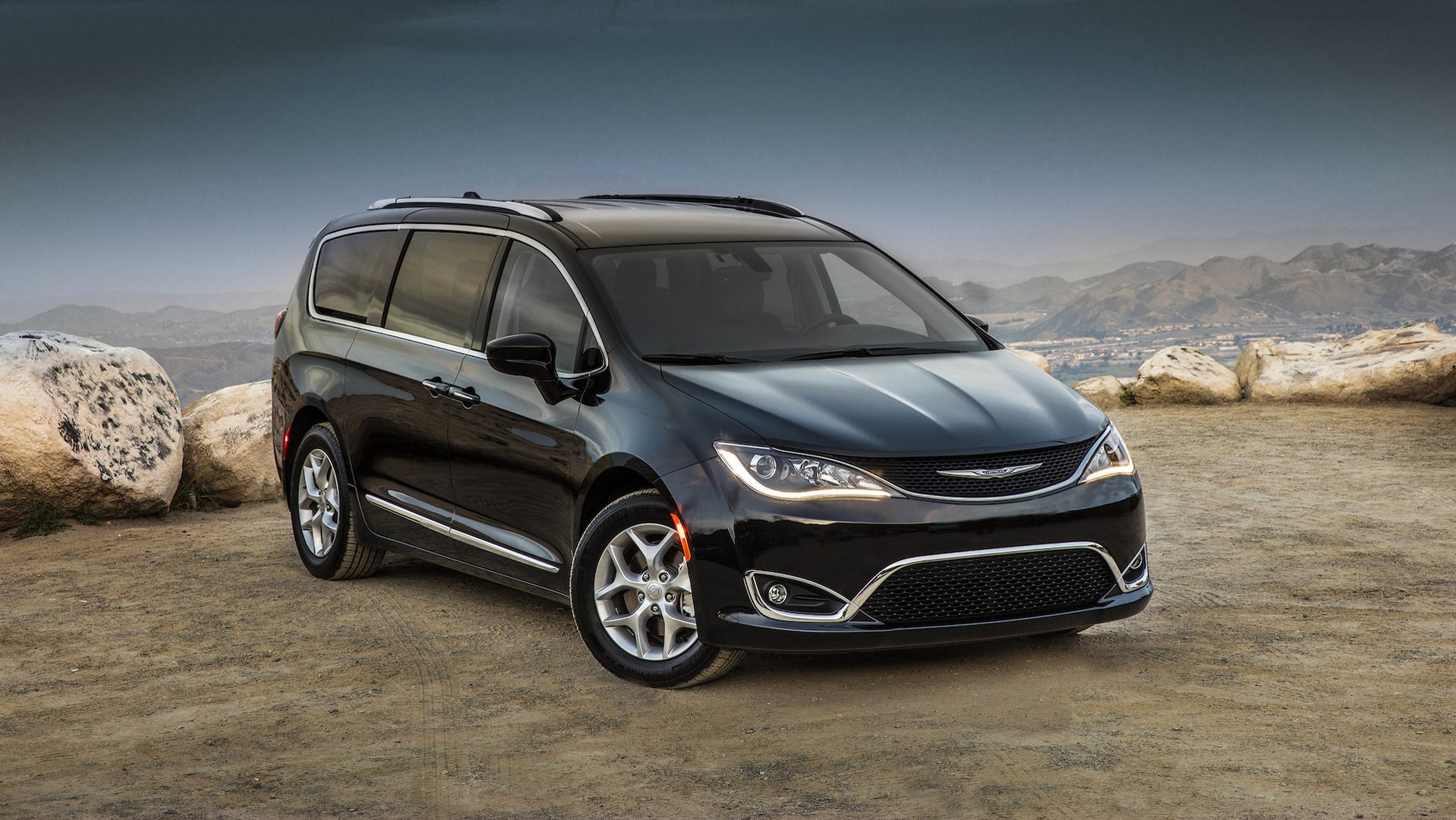
It’s hard to forget the shock of the early months of the pandemic—cities turned to ghost towns, highways silent at rush hour, and businesses and factories sitting empty as millions of people quarantined at home.
Years later, the auto industry is still struggling to adapt to the new world that has emerged, where enhanced safety protocols, supply chain issues, and runaway inflation have wreaked havoc on the marketplace and upended traditional ways of doing business.
THE EFFECTS ON THE INDUSTRY
While online auto retailing was available in many countries prior to the pandemic, the actual sales process has always typically taken place—face-to-face—at the dealership. And despite some remaining Covid-19-related restrictions, consumers predictably flocked back to showroom floors as the pandemic waned, proving that people still want to personally inspect and test-drive vehicles before committing to a purchase.
Unfortunately for both manufacturers and consumers, inventory issues have derailed what should have been a roaring return to business as normal as geopolitical tensions, parts shortages, and shipping delays continue to plague the industry worldwide.
Supply and demand pressures, combined with record inflation, have squeezed consumers to the brink and sent the average cost of vehicles—both new and used—to astronomical heights. Consumers “lucky” enough to locate and afford to purchase a vehicle in this environment have quickly realized that the pain doesn’t stop with the buying process.
Persistent supply chain fragility has made getting warranty repairs nearly impossible, with extended waits at overwhelmed dealerships and parts shortages creating lots of frustrated customers. To make matters worse, most dealerships are often unable to provide loaner vehicles, which puts the average person under a huge financial strain paying for a vehicle they cannot use.
Most people can’t survive long in this situation, leading many consumers to seek restitution under the protection of the Lemon Law.
THE EFFECTS ON THE LEMON LAW
The Lemon Law is based on a simple premise—consumers shouldn’t be expected to pay for a vehicle that doesn’t work and can’t be repaired in a reasonable amount of time. In cases where repairs have been delayed due to the unavailability of parts, courts have usually sided with consumers. See Milicevic v. Fletcher Jones Imports, Ltd., 402 F.3d 912, 919 (9th Cir. 2005).
But that historical precedent is now being tested by auto manufacturers seeking to shield themselves from an onslaught of litigation stemming from pandemic-related delays and fed-up customers looking for a way out of their lemon vehicles.
Among other things, manufacturers have argued that the extraordinary effects of the pandemic should trigger the Lemon Law’s force majeure clause, potentially opening an escape hatch from liability.
A Force majeure provision of a contract or statute excuses performance when events beyond the parties’ control render performance unrealistic or impossible.
The Arizona Lemon Law includes such a provision—extending the time period allowed for warranty repairs that “are not available to the consumer because of any war, invasion, strike, fire, flood or other natural disaster.” See A.R.S. § 44-1264(B) (emphasis added).
And while auto manufacturers would love for courts to interpret “other natural disaster” to mean pandemic, so far courts have been hesitant to re-write the law as it concerns pandemic-era parts delays and Lemon Law claims in Arizona.
At least for the time being, the requirements for a Lemon Law claim remain the same as before the pandemic, which is good news for consumers. Although not an instant solution, the millions of people who are still dealing with extended delays caused by the ripple effects of Covid-19 at least have some comfort knowing that the Lemon Law remains there to protect them.
https://www.nbcnews.com/business/autos/auto-industry-pandemic-changed-everything-n1260926
https://www.mckinsey.com/industries/automotive-and-assembly/our-insights/how-the-automotive-industry-is-accelerating-out-of-the-turn
https://www.americanbar.org/groups/government_public/publications/pass-it-on/spring-2022/spring22-franklin-wind-forcemajeure/


